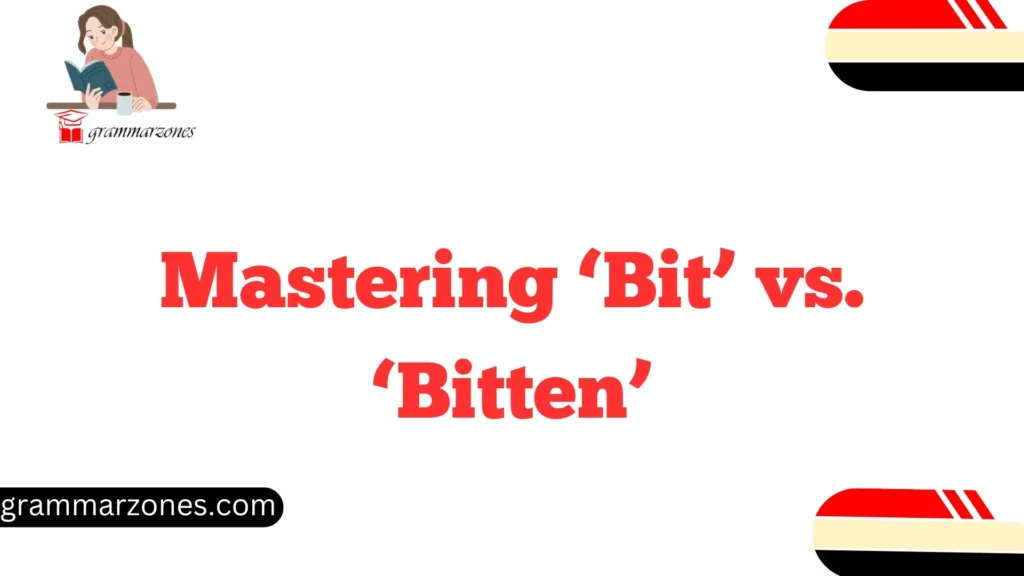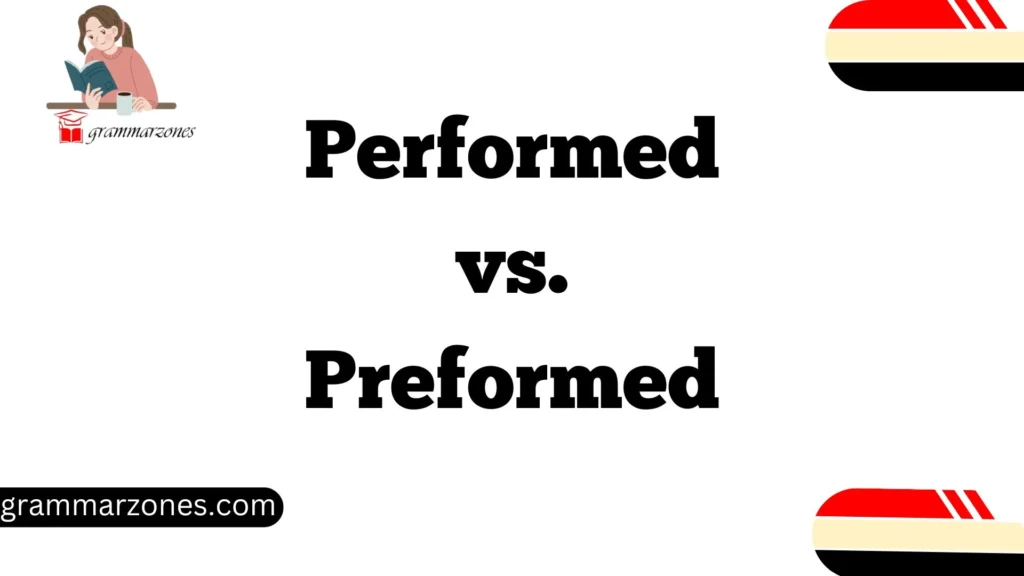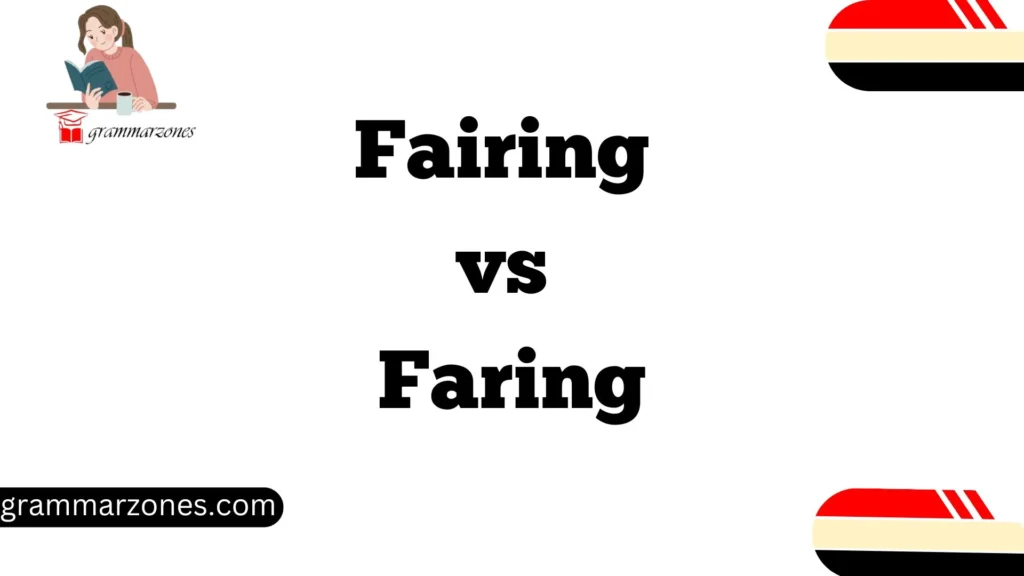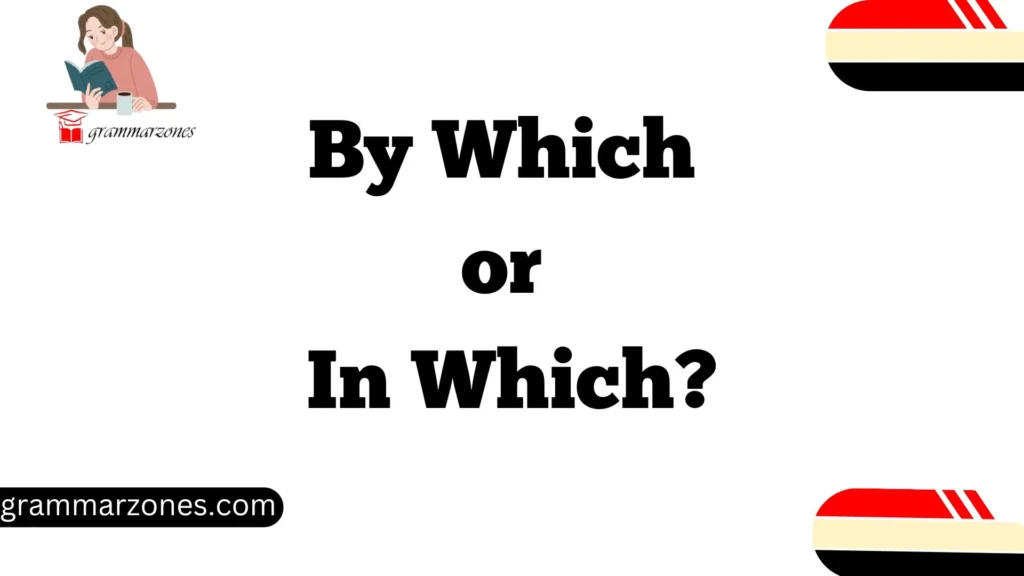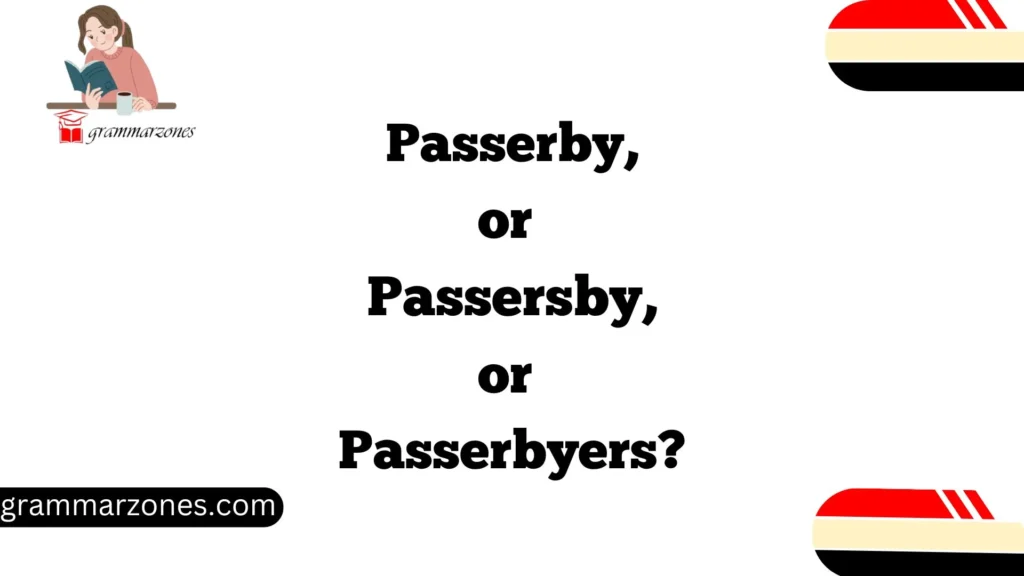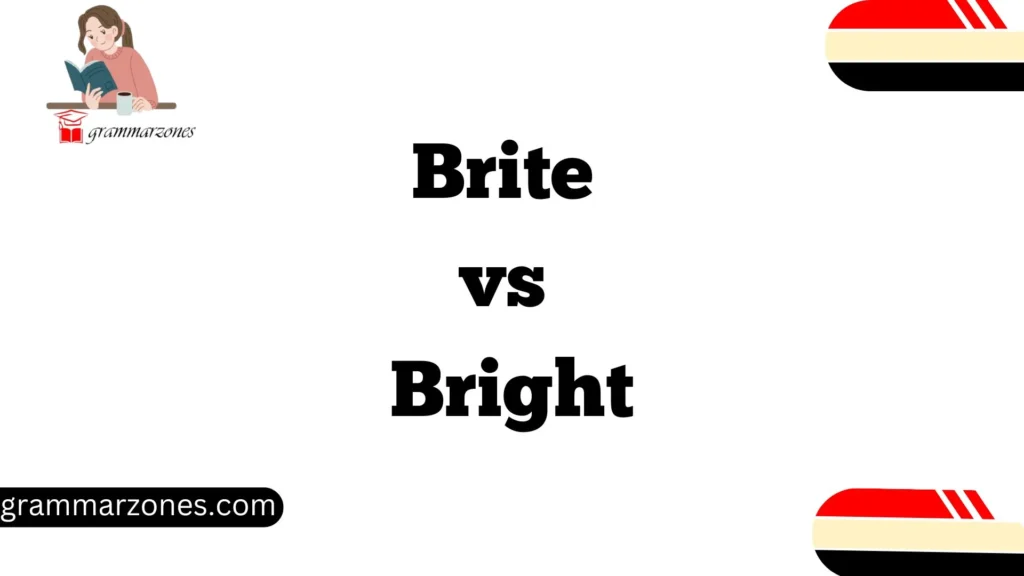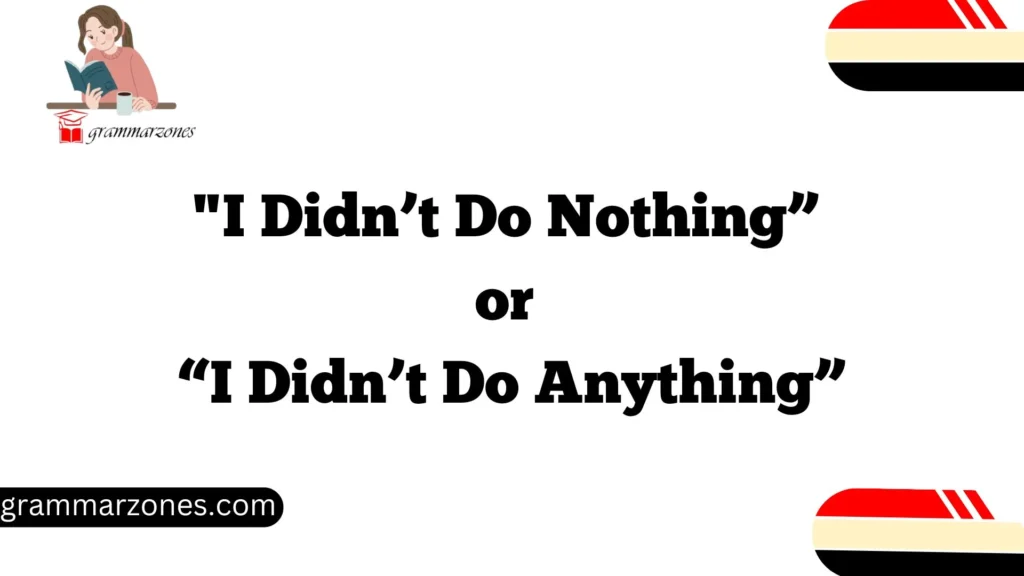If you’ve ever stumbled over whether to use “bit” or “bitten,” you’re not alone! Many people find themselves questioning which form of the verb “bite” is correct, especially when writing or speaking in English. While these two words may seem interchangeable at first glance, they actually have distinct roles in the language, and mastering their use can make you sound more confident and precise.
In this guide, we’ll break down the difference between ‘bit’ and ‘bitten’ in clear, simple terms. You’ll learn about their grammatical structures, when to use each one, and how to spot common mistakes. By the end, you’ll be able to confidently use both forms in conversation and writing without second-guessing yourself. Let’s dive in!
The Basic Forms of ‘Bite’ and How They’re Used
Understanding the verb “bite” is key to mastering the difference between ‘bit’ and ‘bitten’. The verb “bite” follows an irregular conjugation pattern, meaning its past tense and past participle forms don’t follow the standard rules. Here’s a breakdown of its key forms:
| Form | Usage | Example |
| Present | Action happening now | “I bite into an apple every day.” |
| Simple Past | Completed action in the past | “I bit the sandwich.” |
| Past Participle | Action that has been completed before the present time (used with auxiliary verbs) | “I have bitten my lip.” |
What Does This Mean for You?
- ‘Bit’ is used when referring to a completed action in the past. You’ll typically use this form in simple past tense situations.
- ‘Bitten’ is used in perfect tenses (such as present perfect or past perfect) and in passive constructions.
‘Bit’ in Detail: Understanding the Simple Past Tense
The word ‘bit’ is the simple past tense of “bite.” This form indicates that the action occurred at a specific point in the past, and it’s finished.
When to Use ‘Bit’:
- Use ‘bit’ when describing something you did in the past that is not connected to the present.
For example:
- “She bit her tongue during the argument.”
- “I bit into the apple yesterday.”
Key Points to Remember:
- ‘Bit’ does not describe a continuing action. It’s purely for something that happened at a particular time.
- It’s used with specific time indicators (e.g., yesterday, last week, in 1999).
Common Phrases, Idioms, and Expressions Featuring ‘Bit’
In addition to its use as a simple past tense verb, ‘bit’ is also commonly used in various phrases and idioms. These expressions often don’t relate directly to the idea of “biting” something physically but are instead figurative uses of the word.
Here are some examples:
- “A little bit” – Refers to a small amount of something.
- “Could you give me a little bit of time?”
- “Bit by bit” – Means gradually or in small parts.
- “The project is coming together bit by bit.”
- “Give a bit of time” – Refers to allowing someone or something some time.
- “Can you give it a bit of time to settle?”
- “I’m in a bit of trouble” – Refers to being in a small amount of trouble.
- “He’s in a bit of trouble at school.”
Why This Is Important:
Knowing these common expressions will help you use ‘bit’ naturally in everyday conversation. Understanding idiomatic expressions is crucial for sounding like a native speaker!
What Does ‘Bitten’ Mean? Understanding the Past Participle
While ‘bit’ is used in simple past tense, ‘bitten’ is used as the past participle form of the verb “bite.”
When to Use ‘Bitten’:
- ‘Bitten’ is used in the present perfect and past perfect tenses, which connect the past to the present in some way.
For example:
- Present Perfect: “I have bitten my tongue many times.”
- Past Perfect: “She had bitten her nails before the meeting.”
Another key use of ‘bitten’ is in passive voice sentences, where the subject receives the action.
For example:
- “The apple has been bitten by someone.”
Key Points to Remember:
- ‘Bitten’ is used when talking about completed actions that have relevance to the present or past.
- It’s often used with auxiliary verbs like “have,” “has,” or “had”.
When to Use ‘Bit’ vs. ‘Bitten’: Key Differences
Now that we understand both forms, let’s break down the key differences between ‘bit’ and ‘bitten’ and when to use each one.
Use ‘Bit’ for:
- Simple past tense: Describing a completed action in the past with no connection to the present.
- “I bit into the cake yesterday.”
Use ‘Bitten’ for:
- Present perfect and past perfect tenses: When actions are connected to the present.
- “I have bitten my lip.”
- Passive voice: When the subject of the sentence is the receiver of the action.
- “The dog has been bitten by a snake.”
Understanding Context: How to Choose the Right Form
It can sometimes be tricky to know whether to use ‘bit’ or ‘bitten’. Here’s a practical guide:
Contextual Clues:
- Time indicators: If the sentence refers to a specific time in the past (yesterday, last week), use ‘bit’.
- “He bit into his lunch.”
- Relevance to present: If the sentence refers to something that has happened before but is relevant now, use ‘bitten’.
- “I’ve bitten my nails all day.”
- Passive constructions: If you’re describing an action where the subject is the receiver, use ‘bitten’.
- “The sandwich was bitten by the dog.”
Perfect Tenses vs. Simple Past: Understanding the Key Difference
A quick refresher on the two key tenses:
- Simple past tense: Describes an action that happened at a specific time in the past (use ‘bit’).
- “I bit my lip when I was nervous.”
- Present perfect tense: Describes an action that happened at an unspecified time before now and has relevance to the present (use ‘bitten’).
- “I have bitten my lip many times.”
The difference is that ‘bit’ is tied to a specific time in the past, while ‘bitten’ connects past actions to the present.
Common Mistakes and Pitfalls with ‘Bit’ and ‘Bitten’
Even advanced learners sometimes mix up ‘bit’ and ‘bitten’. Here are some common mistakes:
- Incorrect: “I have bit my lip.”
Correct: “I have bitten my lip.” - Incorrect: “She bit the dog.” (Passive voice)
Correct: “The dog was bitten by her.”
To avoid mistakes:
- Check the tense: Is the action linked to the present? Use ‘bitten’.
- Look for passive voice: Use ‘bitten’ if the subject receives the action.
Memory Aids: How to Remember the Correct Usage of ‘Bit’ and ‘Bitten’
Here are a couple of memory tricks:
- Think of ‘bit’ as a single action in the past (something completed, like one quick action).
- Picture ‘bitten’ as something that has already happened but still affects the present (actions that continue or matter now).
Use these tricks in context to help you choose the right form!
FAQs:
What is the difference between “bit” and “bitten”?
“Bit” is the simple past tense of the verb “bite,” while “bitten” is the past participle, typically used with auxiliary verbs like has, have, or had.
When should I use “bit”?
Use “bit” when describing a completed action in the past:
- “The dog bit the mailman yesterday.”
When should I use “bitten”?
Use “bitten” in perfect tenses (with has, have, had):
- “She has been bitten by a snake before.”
Is “bitten” ever used without an auxiliary verb?
No. “Bitten” always needs a helping verb. Without it, the sentence is grammatically incorrect.
Can I say “He has bit me”?
No. That is incorrect. The correct form is:
- “He has bitten me.”
What are examples of “bit” and “bitten” in a sentence?
- Bit: “He bit into the apple.”
- Bitten: “He has bitten into the apple already.”
Is “bitten” used in both British and American English?
Yes. Both varieties of English use “bitten” as the past participle. Avoid using “bit” in perfect tenses.
Conclusion:
Understanding the difference between “bit” and “bitten” is key to using the verb “bite” correctly. Use “bit” for simple past tense, and “bitten” for perfect tenses with auxiliary verbs. This distinction helps ensure grammatical accuracy, especially in written and formal communication.

